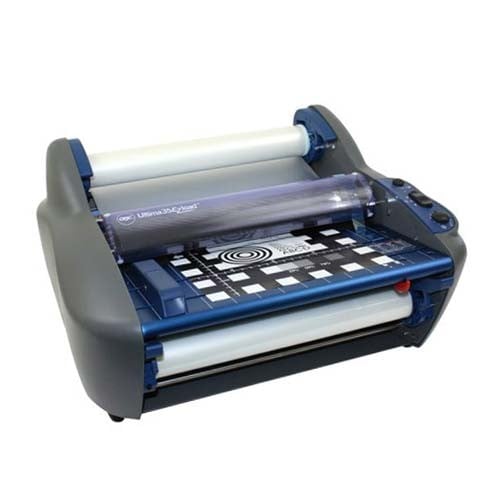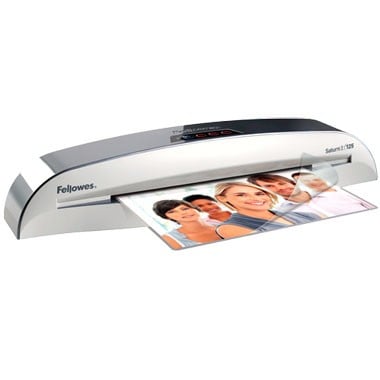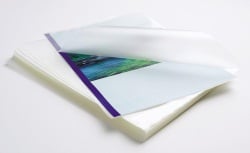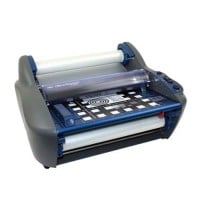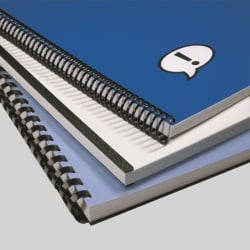MyBinding Knowledge Base
- Binding (248 Article)
- General Binding (42)
- Plastic Comb Binding (57)
- Fastback Binding (59)
- Perfect Binding (2)
- Modular Punching (8)
- Zipbind (3)
- Twin Loop Wire (13)
- Coil Binding (22)
- Thermal Binding (14)
- Strip Binding (1)
- VeloBind (4)
- Binding Covers (14)
- Proclick Binding (10)
- SureBind (4)
- Screw Post (2)
- Hole Punches (2)
- Staplers (4)
- Komtrak Insprial Binding (2)
- Paper (1)
- Rhin-O-Tuff (5)
- Binding Machines Comparison (17)
- Laminating (109 Article)
- General Laminating (26)
- Roll Lamination (16)
- Pouch Lamination (36)
- Pouch Board Laminator (3)
- School Laminator (3)
- Foil Laminating (3)
- Royal Sovereign Laminators (10)
- Laminators Comparison (3)
- Boards (11 Article)
- Bulletin Boards (3)
- Whiteboards (5)
- Chalkboards (1)
- Paper Shredders (44 Article)
- General Shredding (35)
- Industrial Shredders (1)
- Cross-Cut Shredders (2)
- Cardboard Shredders (1)
- Multimedia Shredders (1)
- Personal Shredders (1)
- High Security Shredders (2)
- Ring Binders (9 Article)
- Specialty Binders (2)
- Reinforced Paper (1)
- Health Care Punched Paper (1)
- Perforated Paper (2)
- View Binders (1)
- Index Tabs (9 Article)
- Index Tab Dividers (2)
- Copier Tabs (4)
- Pocket Folders (1)
- Custom Index Tabs (1)
- Pre-Printed Index Tabs (1)
- Paper Handling (37 Article)
- Paper Folders (9)
- Paper Joggers (2)
- Guillotine Cutters (4)
- Rotary Trimmer (3)
- Electronic Paper Cutters (1)
- Corner Rounders (2)
- Paper Scoring (2)
- Paper Drill (2)
- Booklet Makers (3)
- Stack Cutters (1)
- Paper Handling Equipment Comparison (5)
- ID Accessories (12 Article)
- Badge Holder (1)
- Lanyards (8)
- Badge Reels (1)
receive
$5off
*On order $25 or more.
Can I edit a document bound with Thermal Binding?
When preparing a proposal, one of the worst things that can happen is to notice an error just after binding. If this has ever happened to you, you know how important it is to be able to add or remove pages should the need arise. The good news is that if you used a thermal binding machine to bind the document, you can most likely insert or delete a page to make a quick change to the project.
While this won’t replace careful editing, it is a valuable tool to have at your fingertips. A few sheets can easily be switched out a few times. However, this ability to add or delete pages is not the same as the loose-leaf flexibility seen in other binding styles, namely strip binding or comb binding. Thermal binding users still need to complete their documents as accurately as possible and not rely and post-binding edits.
The following are a few easy instructions for inserting and removing pages from thermal bound documents. These guidelines should work with your GBC, Fellowes, ProBind, or UniBind thermal binding machine.
Deletion:
- Place the document spine-down into your warmed and ready binding machine. Find the page(s) you want to remove. Use one hand to separate the selection to be removed from the rest of the materials.
- With one hand, use your fingers to grasp the sheet(s) for removal while also holding onto the selections of the document on either side. When the binding cycle is finished, use the opposite hand to hold the corner of the sheet to be removed and test its readiness by sliding it gently.
- If the sheet moves easily, lift up on the corner and ease it out of the document. Keep your hold on the rest of the pages to ensure they don’t move around in the loose adhesive. If your page doesn’t slide easily, let the spine heat up longer and try again.
- Once the pages are completely removed, firmly tap any wayward sheets back into place and let your document cool so the glue can re-set.
Addition:
This process is even simpler than deletion.
- First, slide the sheet to be inserted into the right place.
- Next, set your project into your thermal binding machine and allow a full binding cycle to run.
- Finally, once the glue is fully warmed up, manually press the sheet into the document to make it straight with the other pages. You may need to slide the page(s) back and forth to lodge them firmly centered in the adhesive and ensure all the pages are even.
The processes of inserting and removing pages into thermal bound documents will take some practice. But after editing a few documents, you’ll get the hang of it.
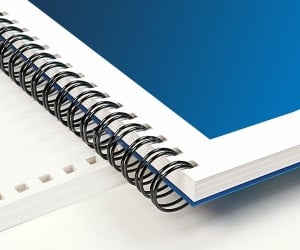
< Over the years, a number of customers have asked me whether they can use twin loop wire with their plastic comb binding machine. These customers often don’t want to have to buy a brand new machine but like the look and feel of twin loop wire binding. However, the answer to their question isn’t as simple as it seems. You see, they actually do make twin loop wire that is designed to work with the plastic comb binding hole pattern. With that said, if you want to use these wires you are going to need a way to close the wires. What is Spiral-O Wire? Let me explain a little bit more…There is a product that we carry called Spiral-O Wire. This wire has 19 loops and is designed to work with the hole pattern from a plastic comb binding machine. Spiral-O Wire is sometimes called Wire Combs or Ibico Wire and was originally designed for use with some of the older Ibico binding machines. A number of the older Ibico plastic comb binding machines also included a twin loop wire closer on the front of them to allow users to use both plastic combs and wire. This 19 loop wire was designed for this purpose. What Equipment is Needed? As the Ibico brand has been phased out by GBC and all of the older Ibico plastic binding machines have been replaced with new models, they no longer have the twin loop wire closer on the front of them. This presents a problem in trying to use these spiral-o wires since you can’t use the wires without a way to close them. One of the only options left is to purchase a Twin Loop wire closer. However, since twin loop wire closers are not incredibly cheap this option usually only appeals to users who have larger electric plastic comb binding machines. Otherwise, it is often advisable to simply buy a low end 3:1 pitch twin loop wire binding machine (the supplies are cheaper). This being said, if you have one of the older Ibico binding machines that has a wire closer included you are in luck. The Spiral-O binding supplies that we carry will work perfectly with your machine and you will be able to use both plastic combs and wire depending on your needs. These Spiral-O binding supplies are available in Black, Silver, White, Blue and Red and in sizes up to 1″ in diameter. If you aren’t sure what type of wire binding supplies that you need to work with your machine simply give us a call. Our trained sales representatives will be glad to help you find the correct supplies for use with your machine.(Read More)
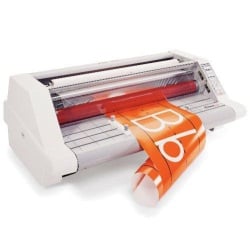

Loading...


